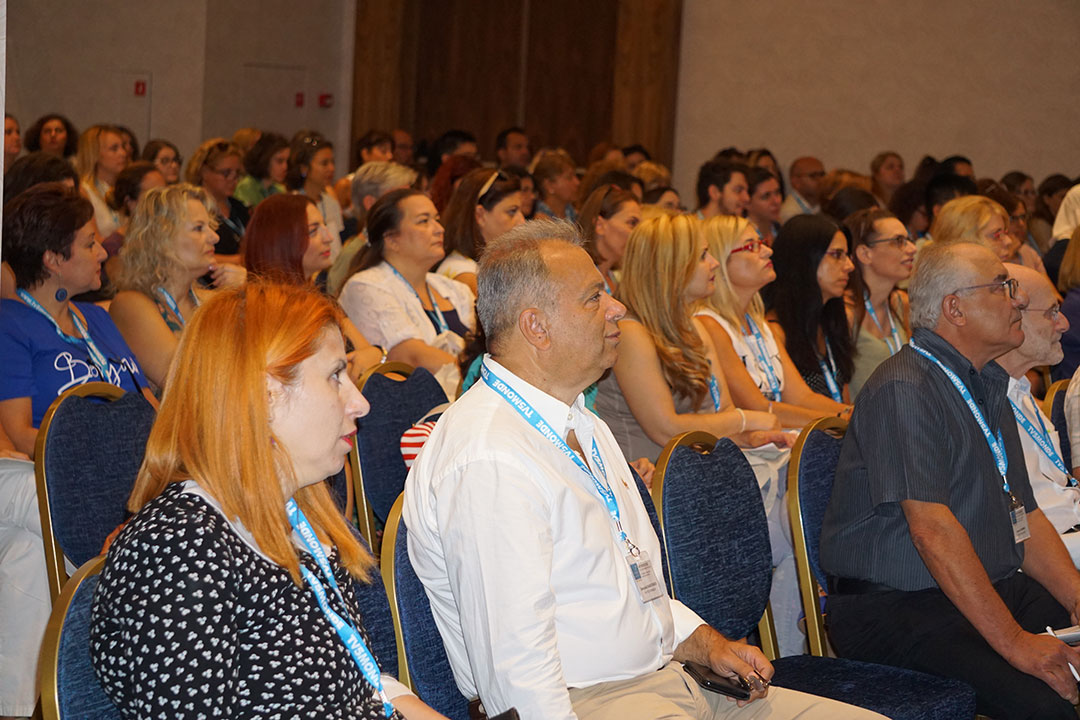“SELF”: the conception of a placement test for Mandarin Chinese
In this presentation, we want to address the issue of what it means for a placement test to be communicative or even “action-oriented” (CEFR, 2001) for Mandarin in the framework of Innovalangues project [1] (Masperi & Quintin, 2014).
One of its objectives is to construct a multilingual online formative assessment tool - SELF (French acronym of “système d’evaluation en langues à visée formative”) [2].
The experimental version of this adaptative test for Mandarin, evaluating reading and listening competences, has been implemented at the University of Grenoble last year : it has been used for positioning learners and orienting them toward various courses of different CEFR levels (from A1 to B2).
During the elaboration of the test, beside the CEFR descriptors, we have taken into account specific Mandarin descriptors and repositories, mainly the list of lexical items and the list of characters for the A-levels conceived in the framework of the EBCL (European Benchmarking Chinese Language) project. It is of great importance to recognize the listening skill, which is the main substance of our methodological choice, as this skill is often neglected in teaching and learning Chinese as a foreign language (Guo & Nissen 2015). This is due to the focalization on Chinese character learning (Drocourt, 2015). Moreover, this choice is coherent with the principle of disjunction between the teaching/learning of oral and written Chinese (Allanic, 2015). In our test, there is more importance placed for oral over Chinese characters in order to elevate vocabulary acquisition and communication.
This presentation will describe the “SELF” test for Mandarin Chinese, explaining some issues that were confronted by the conceptors : how to articulate Mandarin- specific evaluating criteria and general assessment criteria? How to introduce situational and interactional authenticity (Bachman & Palmer, 2010 ; Jouannaud & Cervini, 2015). How to use authentic materials in A-level test items? Whether to take linguistic variation into account and how to do so?
